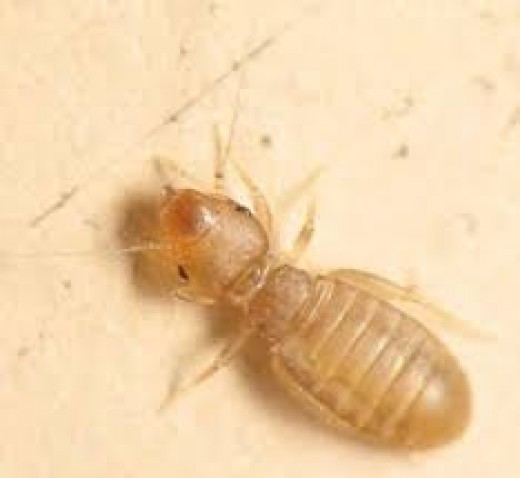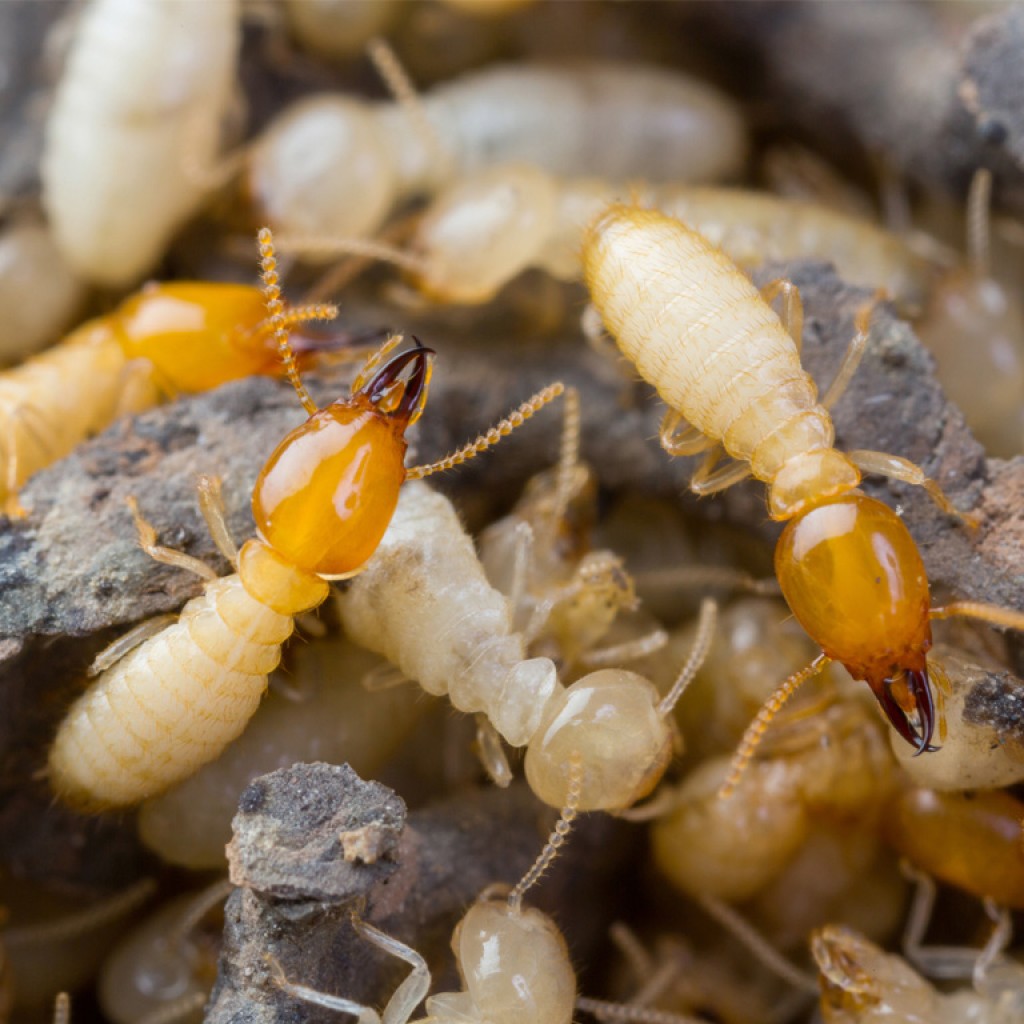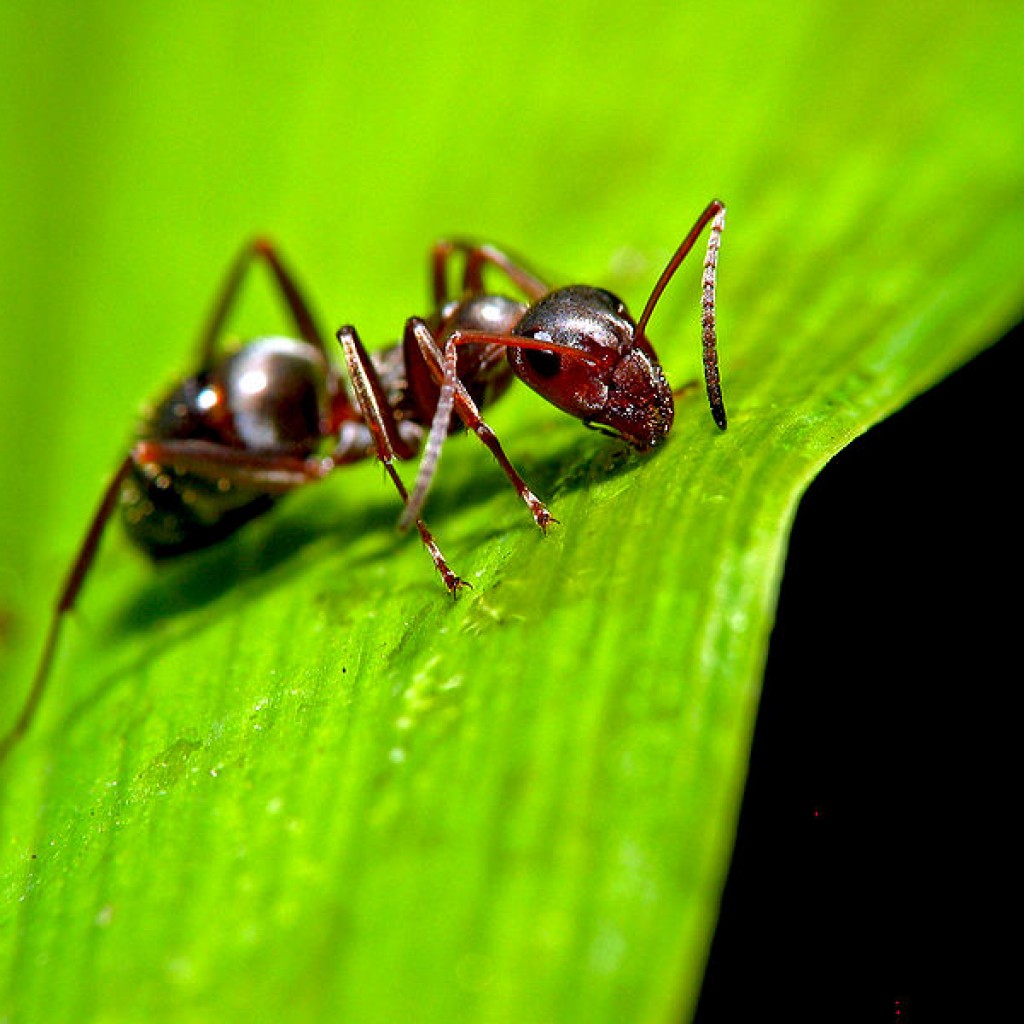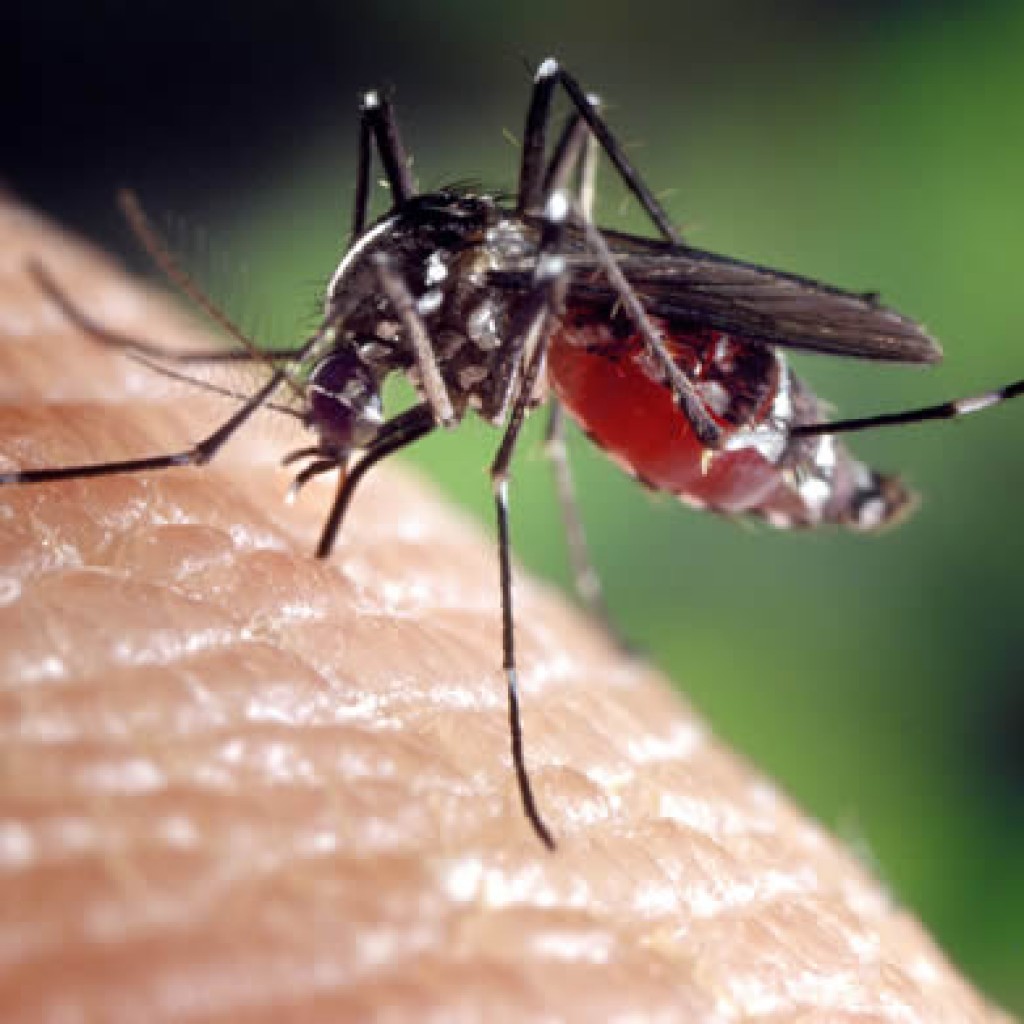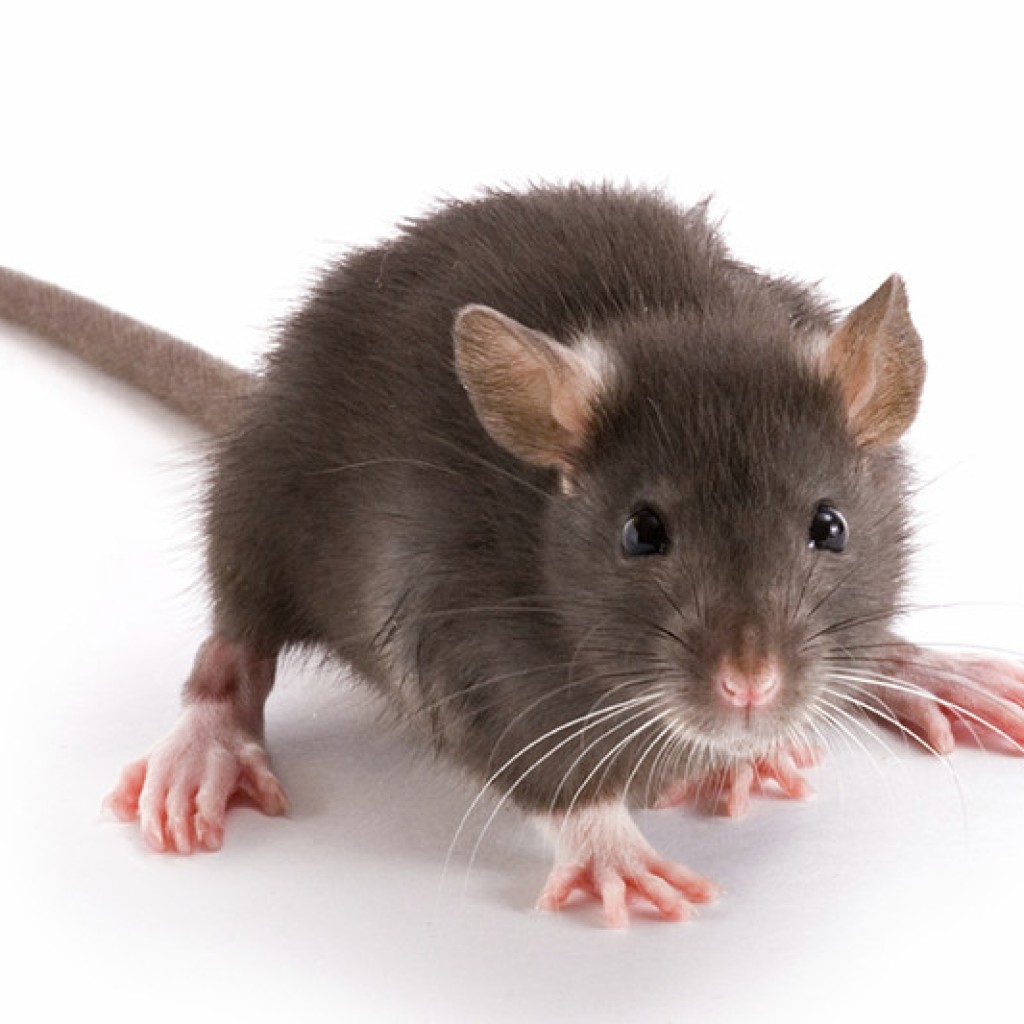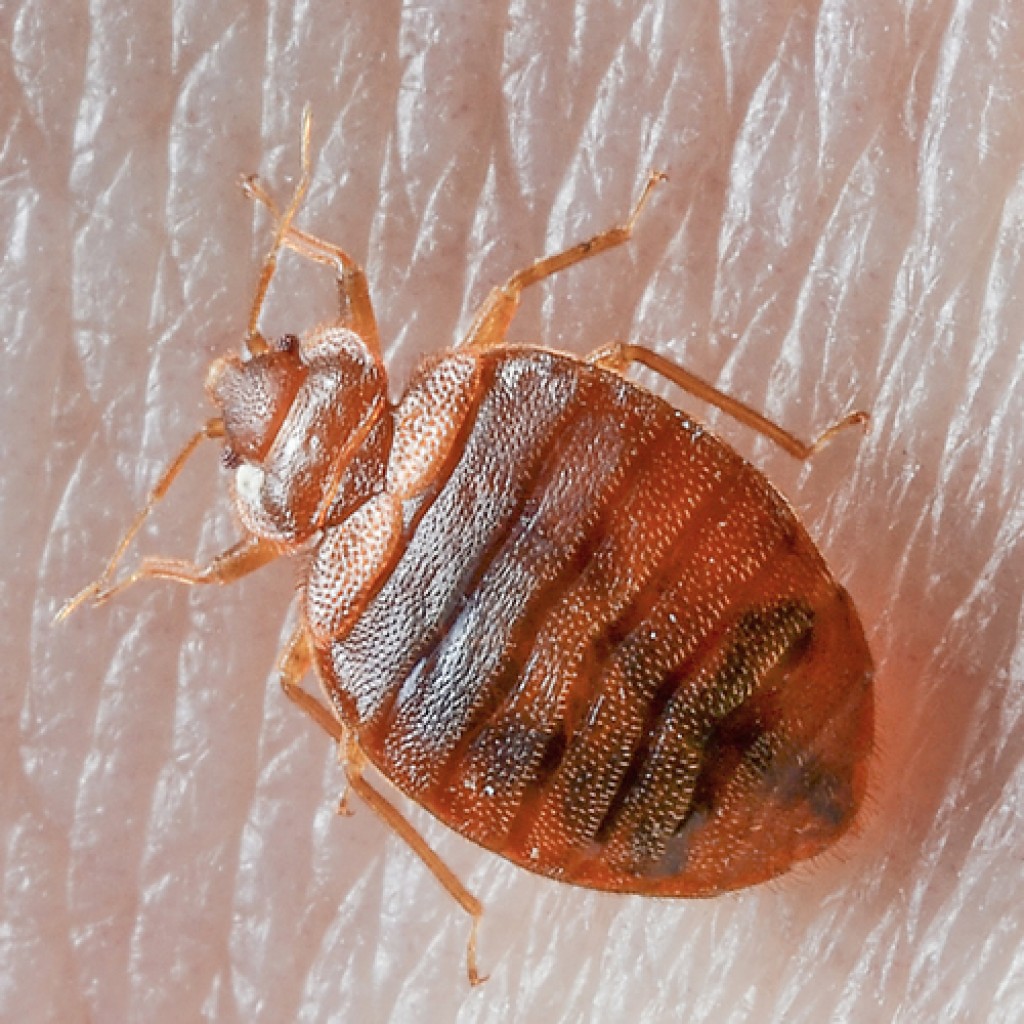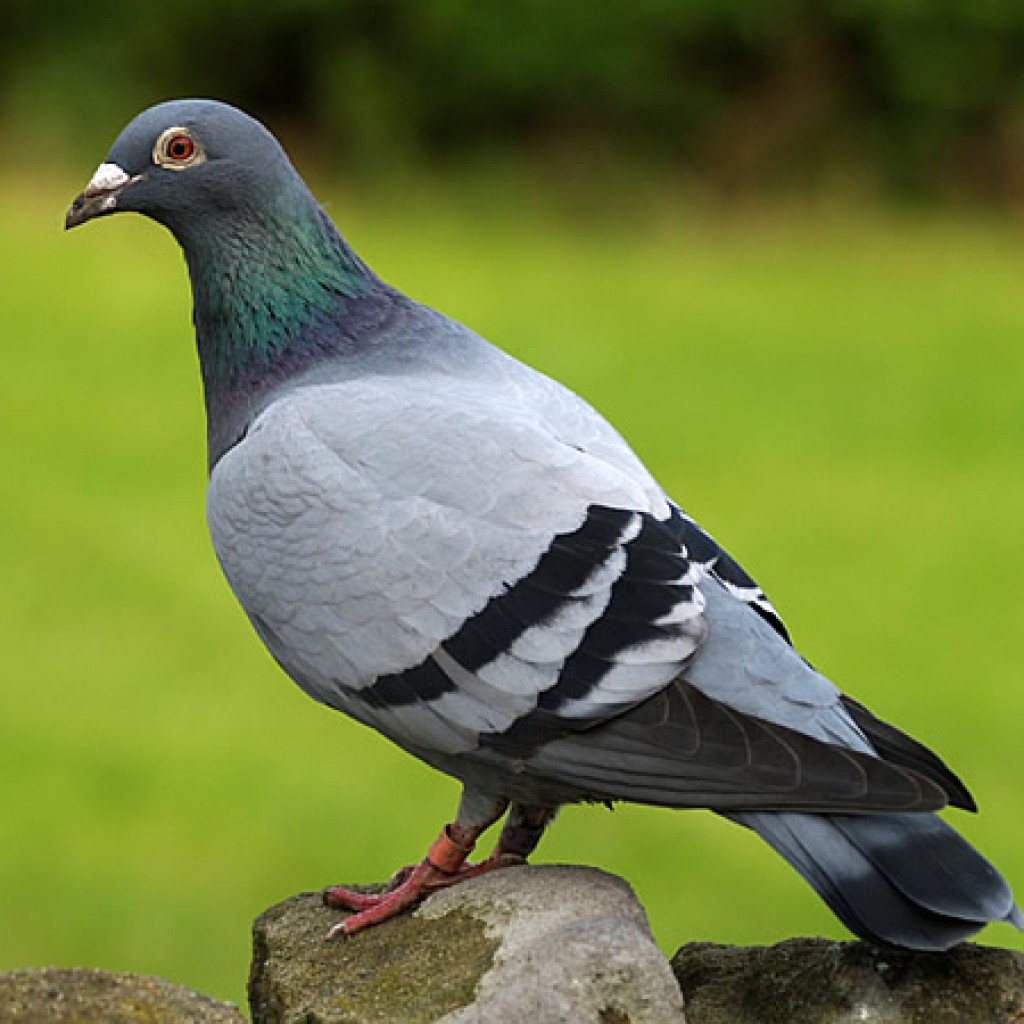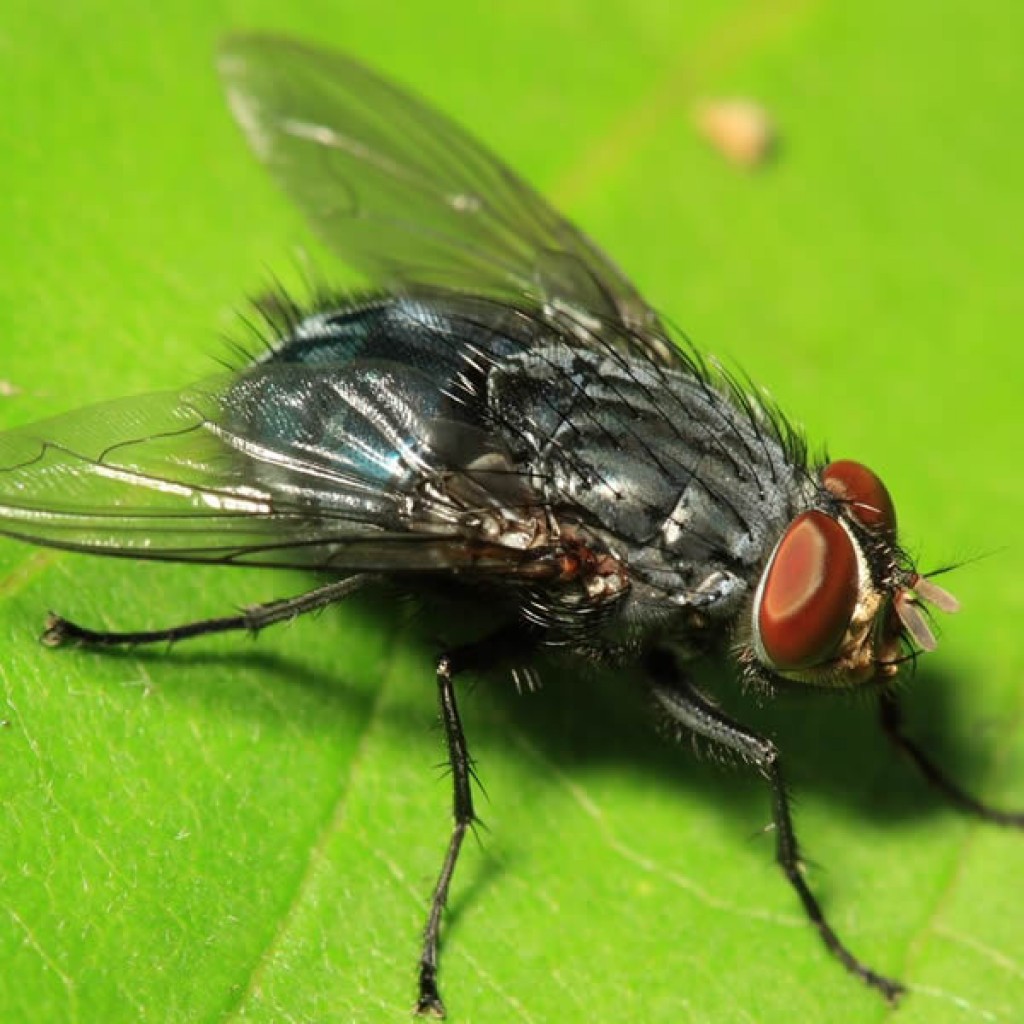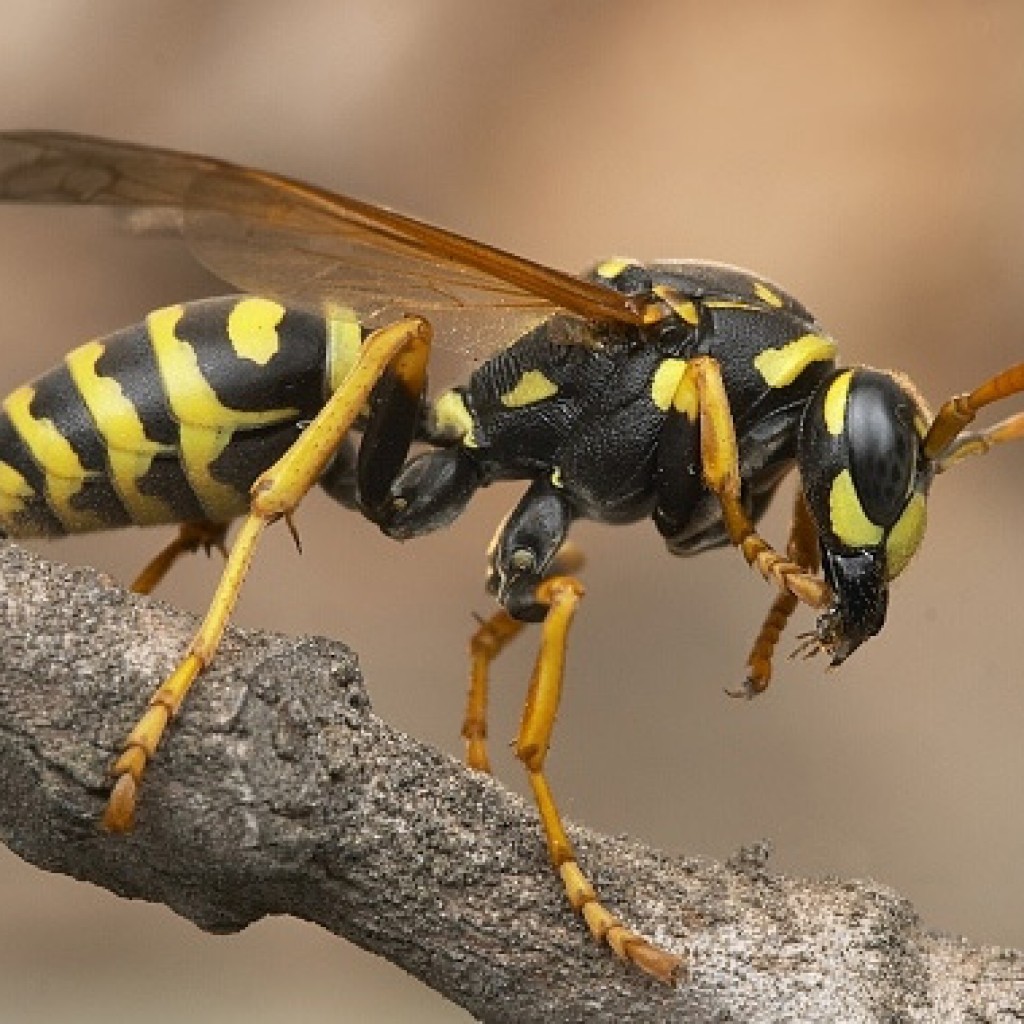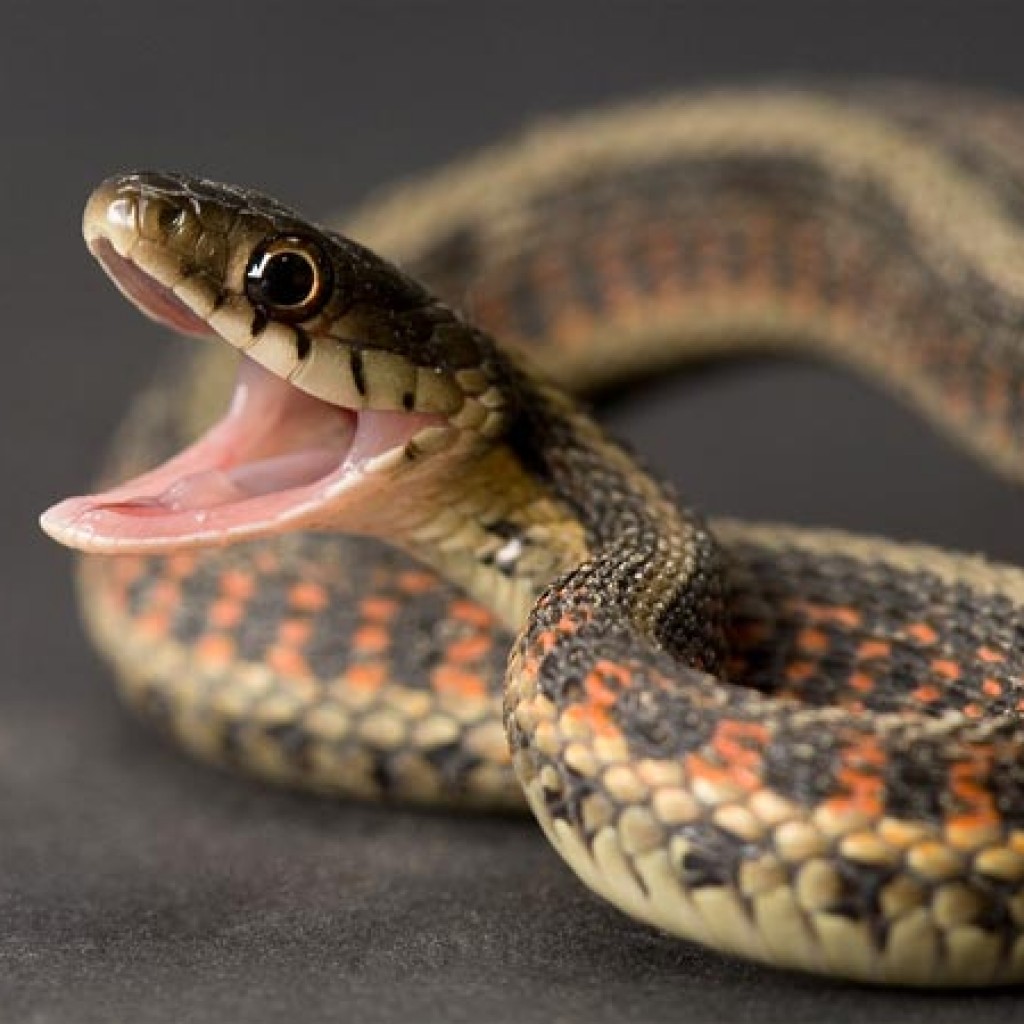
Snakes
Snakes are legless reptile related to crocodiles and lizard. Their bodies are covered with scales and they can swallow other living things much bigger than their head.
Most snakes are timid creatures and they tend to avoid contact with human. They will only attack if cornered or provoked, in most instances, they attack as a form of defense.
However, there are also occurrences of snakes found in building compound and if you do come across one, it is highly recommended to contact the Fire or Wildlife Department for assistance.
Lizards
Geckos are insect-eating lizards found in almost every household in this part of the world. Geckos have pads on its toes that enable it to cling even to smooth surfaces or stay inverted on the ceiling. These pads consist of rows of plates covered with thousands of microscopic hook-like projections that latch into any minute surface irregularity.
While geckos can be considered beneficial for their insect-consuming diet, they can become a pest themselves. Gecko faeces are definitely greater in volume than cockroach faeces, and tend to smear a bit more. Their droppings soil the walls and contaminate expose food. They love to nest inside drawers and their eggs are often found in undergarments.
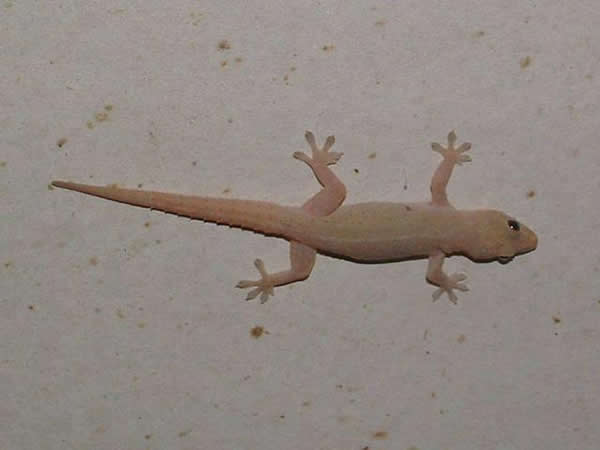

Silverfish
Silverfish feed on starch in a way that results in damaged paper, fabrics, glues and other organic materials as well as silk and a few synthetic fabrics. They are often found in damp areas and are frequently seen foraging at night in kitchens and pantries. Silverfish also commonly graze in and around showers, baths, and sinks on the cellulose present in many shampoos, shaving foams and so on.
Untreated silverfish infestation can cause contamination of food, posing a health hazard to humans.
Book Lice
The booklouse, a barely visible bug, likes to feed on lichens, fungi and the paste used for book bindings; hence, booklice are “classic” book destroyers. Booklice dwell in dark and humid areas, and they can often be found inside old books that have gathered dust over long periods of time.
Booklice are harmless, and they do not bite humans. They can be killed off easily by exposing them to the sun, drying them out, and subsequently killing them. However, if the infestation is too severe, contact us, and we will eliminate them with insecticide.
